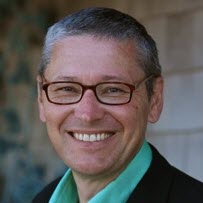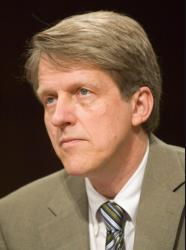

Research
BPEA | 1986 No. 1

1986, No. 1
THE RELATIONSHIP between long-term and short-term interest rates is crucial for macroeconomic policy evaluation. Since the short-term interest rate is the opportunity cost of holding money, it is widely believed that the Federal Reserve has more direct control over shortterm than over long-term interest rates in the United States. Yet if capital is costly to adjust or takes time to place into use, investment decisions may depend on long-term interest rates. The term structure of interest rates thus appears central to the monetary transmission mechanism. Unfortunately, the determinants of the term structure remain poorly understood. This paper uses data from the United States, Canada, the United Kingdom, and Germany to examine various hypotheses regarding the term structure. My goal is to see whether the experiences of these four countries since 1960 can help provide a general explanation of the term structure. In the United States many observers believe the large variations in the long-term interest rate since 1979 are not adequately explained by movements in short-term interest rates. Of particular interest is whether the experience of the United States in these and earlier years merely reflects an unusual historical episode.’ If it does, it would be inappropriate to draw any general conclusions from this experience or to extrapolate this experience into the future.